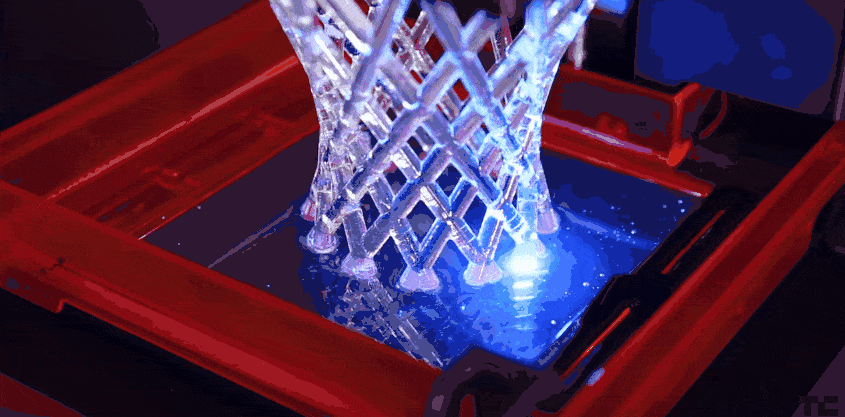Stereolithography (commonly known as “SLA”) is one of the most exciting 3D printing technologies on the market today. Smooth and detailed parts can be precisely produced. It’s also feasible to 3D print an object through the patterns used for casting and injection molding. SLA is not just a “cousin” of FDM, but also a practical and universal process suitable for a wide range of applications.
So why isn’t SLA as widely used as FDM? In a word: cost. While companies like Formlabs have lowered the cost of desktop 3D printers for the market, SLA printers are often much more expensive than their polymer counterparts. Therefore, unless your parts and prototypes require using the SLA printing process, it is usually more economical for 3D printing servers to use FDM printers. In addition, the service range of FDM 3D printers is much larger than that of SLA machines.
SLA printed parts may not be as common as FDM parts, but the features including high costs of SLA printers do not make SLA printed parts expensive. In fact, through an on-demand manufacturing partner such as Facfox, the price of ordering SLA resin parts and prototypes is comparable to the price of ordering FDM parts.

What is SLA?
Stereolithography is an additive manufacturing process in which light-emitting devices (usually lasers) are used to cure photosensitive resins layer by layer. This unique approach has many advantages over other 3D printing methods.
Most SLA printers use UV lasers, which are controlled by computer commands, just like the nozzles of FDM printers. Following these instructions, the laser “draws” 2D shapes onto the resin, which is stored in a container below the printer, the corresponding part of the resin solidifies. The construction platform then moves the cured layer up or down, allowing the laser to draw the next layer of the part onto the resin. After creating each layer, the final result is an integral 3D printed object.
Invented in the 1980s by Chuck Hull, founder of 3D Systems, stereolithography is actually one of the oldest additive manufacturing technologies around the world, although it is not as widely used as several other processes.
Why SLA printers perform better than FDM printers?
Why is stereolithography so ideal? Some of its advantages include:
- Accuracy and precision
- A typical storey height of 25-100 microns
- Extremely detailed functionality
- Strong bonding between layers
- Isotropy (strong in all directions)
- Water tightness
SLA can make parts with detailed features and smooth surfaces, and can avoid some of the more common problems accompanied with FDM 3D printing, such as visible layering and anisotropy.
SLA printed parts can also be used for specific functions, such as maintaining airflow or water flow, because they are highly watertight. And SLA can even be used to create master patterns for the casting and molding process, making the technology popular in many fields, such as dentistry and jewelry manufacturing.
Ordering SLA printed parts is cheaper than what you think.
This is because Facfox, a mature manufacturing company with a large number of 3D printers and experienced engineers, does not need to subsidize the cost of SLA 3D printers by charging customers high prices.
When ordering SLA 3D printed parts from Facfox, you need to pay for resin, labor, and other costs like posting and packing. This means that the price of your SLA parts and prototypes can be comparable to that of simple FDM parts.
Most importantly, ordering parts through Facfox is a risk-free way to incorporate SLA into the production cycle. Since even consumer-level machines can cost about $5,000, and engineers need to be trained to be specialists of complex 3D printers, it may be more financially feasible to use third-party manufacturers.